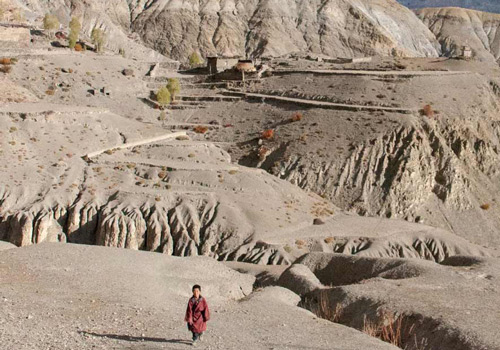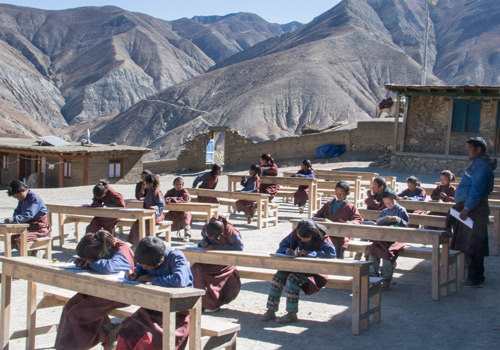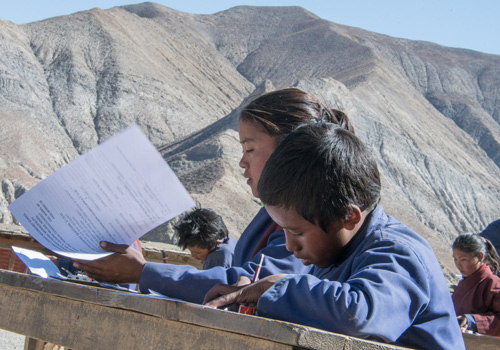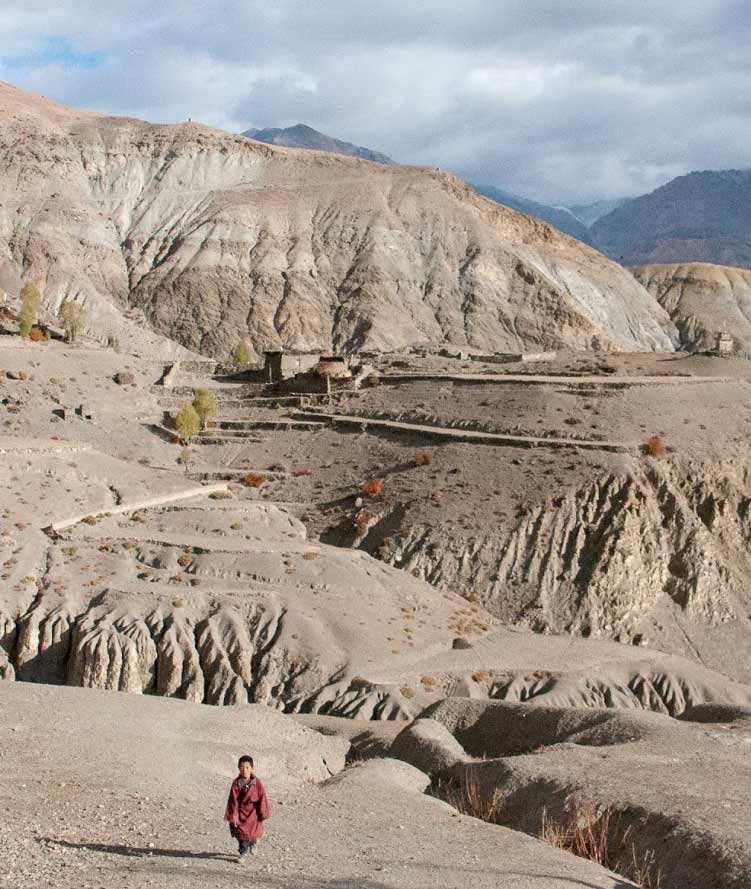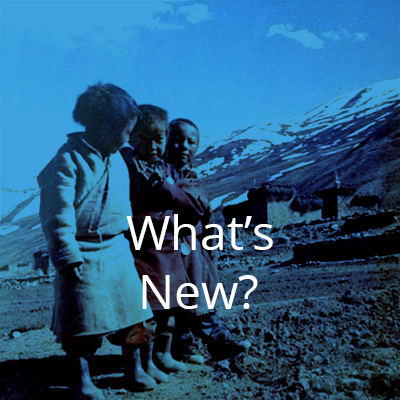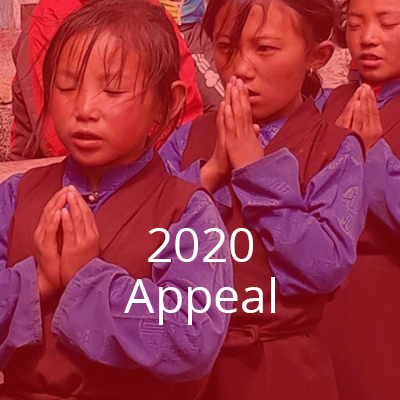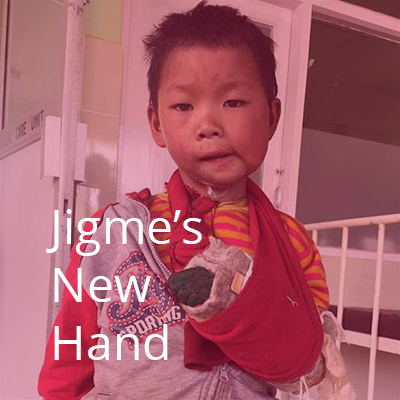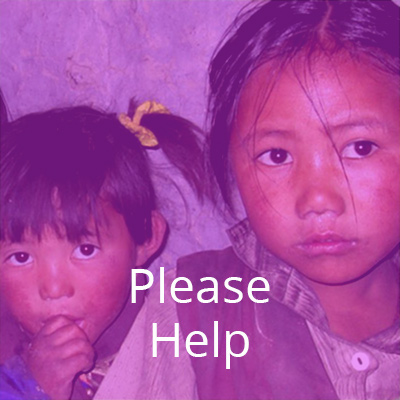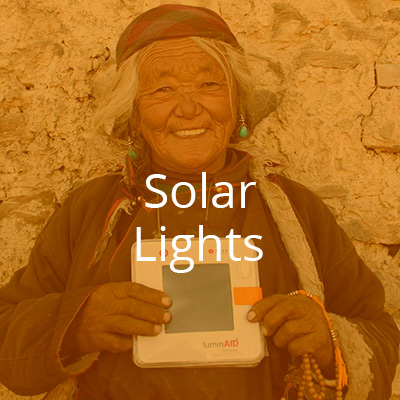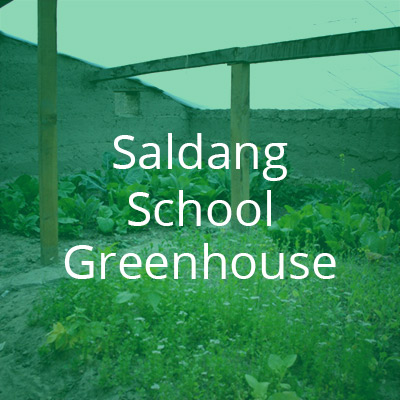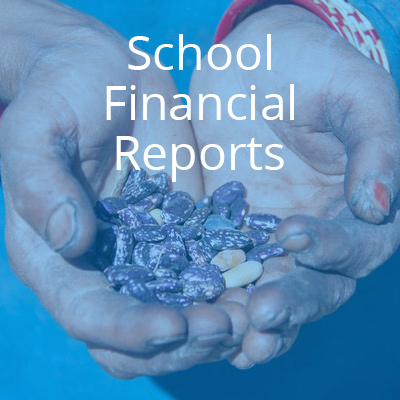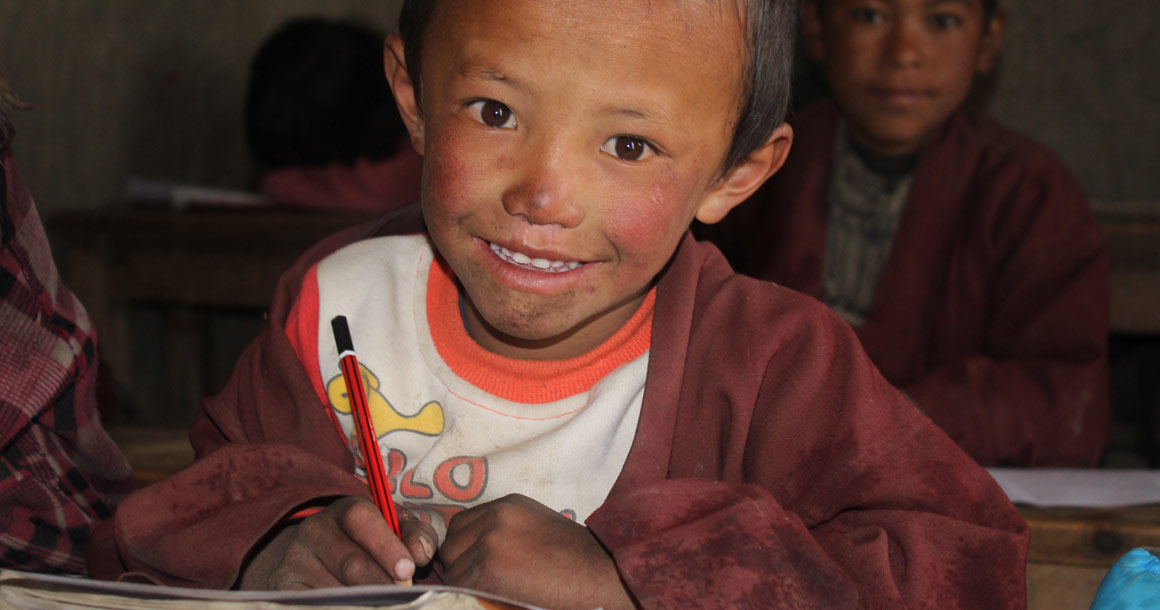
Altitude Project’s primary mission is to support education in the remote Upper Dolpo region of Nepal. Our work includes providing support for school operations and infrastructure projects, as well as assisting with community infrastructure projects like health posts to provide the children and the villagers with preventive and primary care, with water systems and greenhouses to improve their food security and nutrition, and with solar lighting so they can read after dark. These life-changing essentials contribute immensely to the educational success of the children and to the health and resilience of the village.
Altitude Project Community Support Foundation is a non-profit society registered in BC and a registered charity in Canada.
100% of your donations go to Nepal – all admin expenses are covered by directors.
OUR SCHOOLS
5 small schools, on the high altitude Tibetan Plateau, desperately needing help
Why Support Schools in the Upper Dolpo?
Many of you know that I have traveled to Nepal for the past several years to enjoy trekking through the Himalayas. However, it has been the people of Nepal that have captured my heart, especially those that live in remote areas only accessible on foot. In 2015 I was privileged to travel to an extremely remote part of the country called the Upper Dolpo for a 23 day trek through the high desert landscape.
During the adventure we stayed in a village called Saldang (3,770 meters / 12,370 ft.) where I met Pema Wangyal and Kunsang Lhamo, husband and wife, who operate the Saldang School. Pema is the school coordinator and Kunsang is one of the teachers. Their hospitality, and their commitment to the children of Saldang were exceptional. Kunsang is originally from Saldang and returned home to help her community after finishing her education in Kathmandu.
The school receives only partial funding from the government of Nepal (salary for 3 of 12 staff). This is not uncommon in the remote areas of the country – most of the schools rely on donations from foreigners to operate.
For me, it was one of those moments to step off the sidelines and try to make a difference. Not just for Saldang School, but also for two neighbouring schools, Karang School and Komas School, that were in equally desperate need of funding.
Why these schools when there are so many schools and other types of projects in need of funds, not only in Nepal but worldwide?
My answer was why not these schools where a good personal connection had developed and in an area that is so remote that it sees very few visitors each year (we saw two other small groups of foreigners in 23 days). From the village of Juphal, accessible only by air, it takes another 5 days to walk to Saldang and entails crossing two passes of 5,000 + metres (16,000 – 17,000 ft)! Karang is a two hour walk to the north of Saldang. Komas is a full day’s walk to the east from Saldang.
My hope is that you will be inspired to join me.
Tashi delek (Tibetan), Namaste (Nepali) and a sincere Thank you
Where are the Schools that Altitude Project Supports?
Learn More
Village Life in the Upper Dolpo
The Upper Dolpo Trek – the trek that inspired Altitude Project
“Be the change that you wish to see in the world.”
― Mahatma Gandhi


